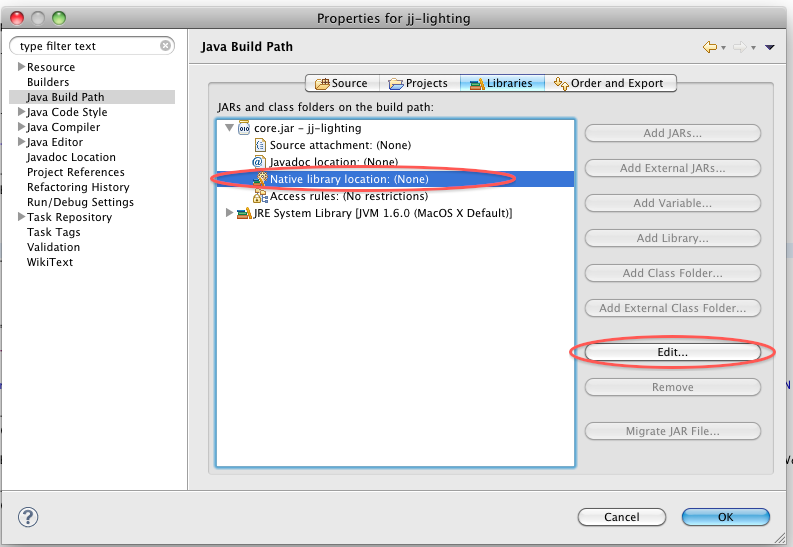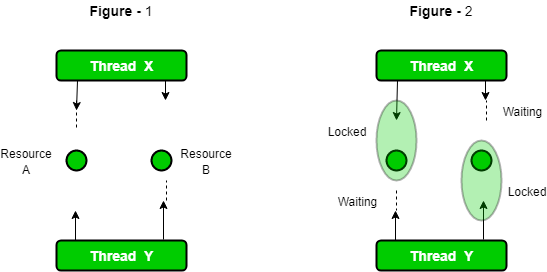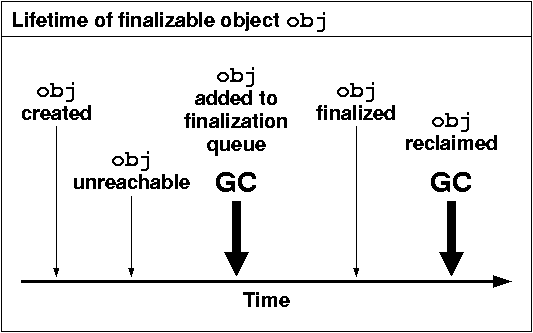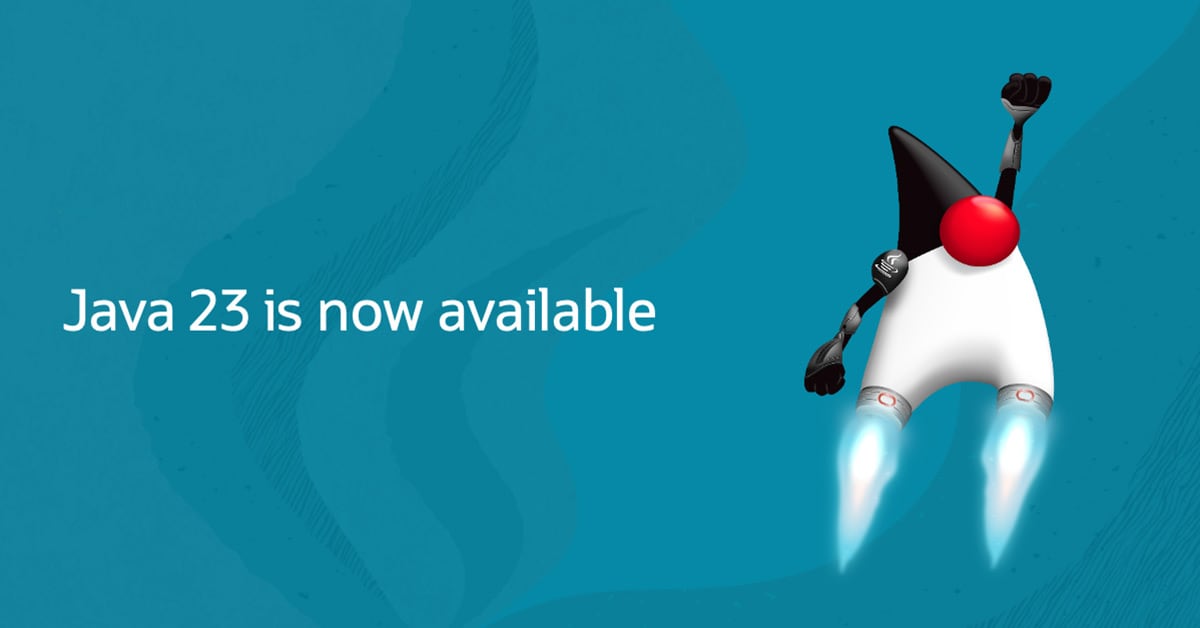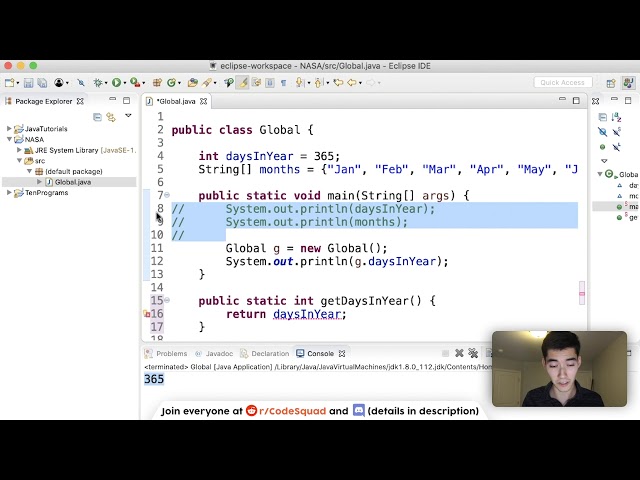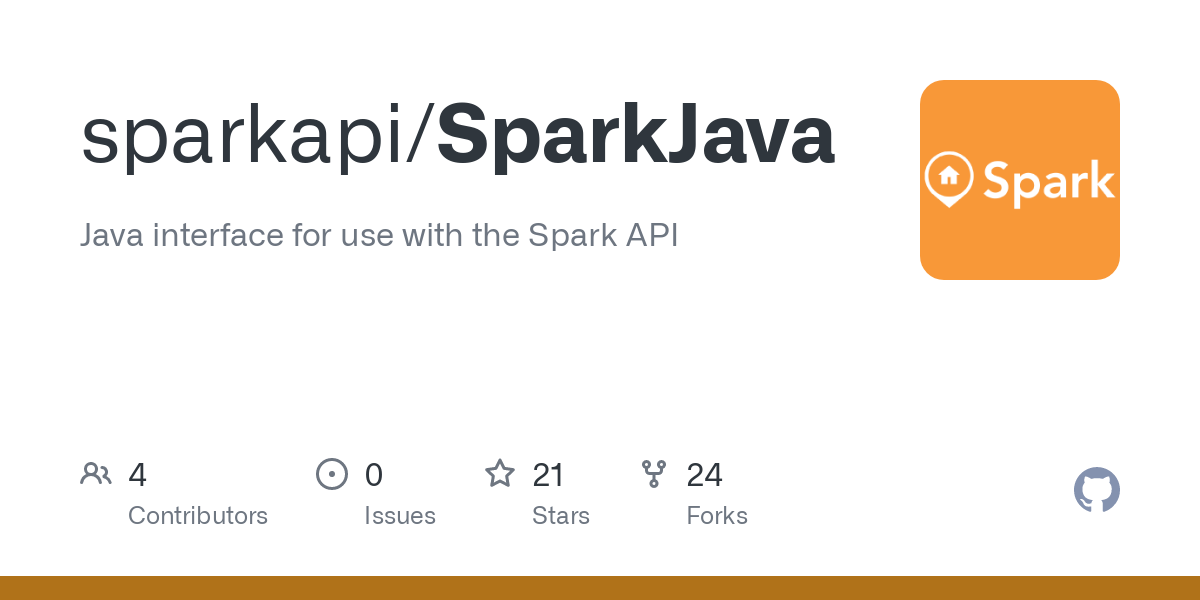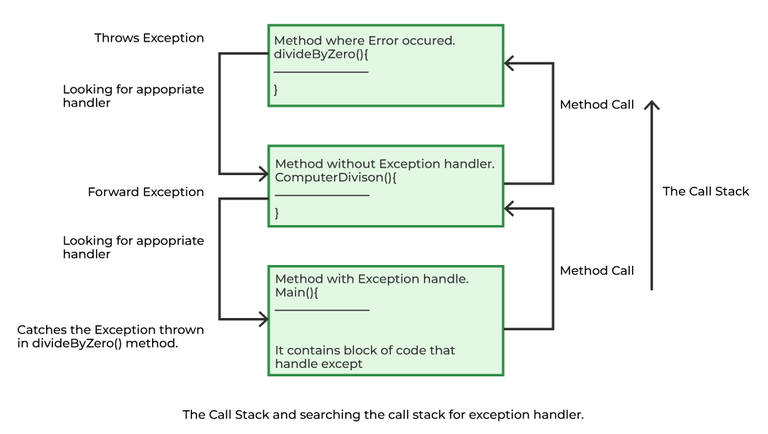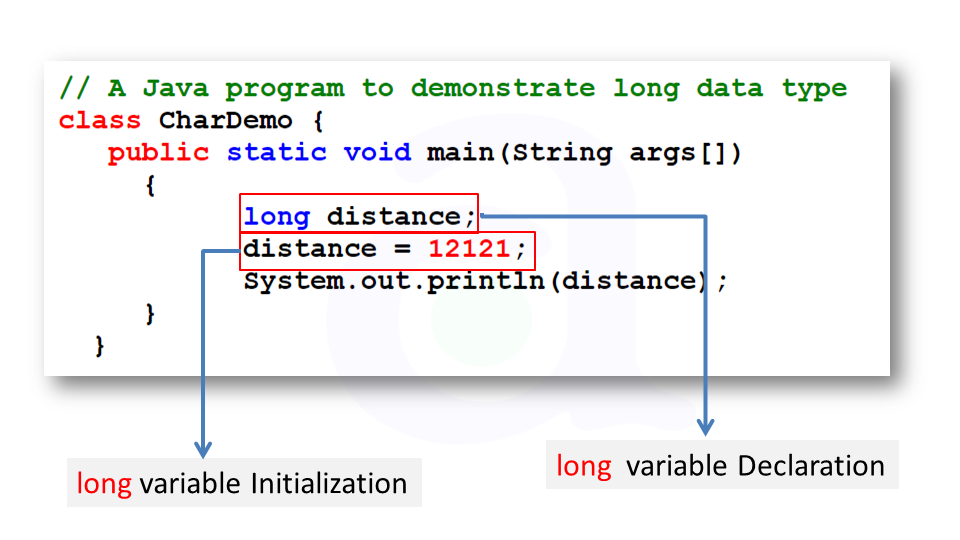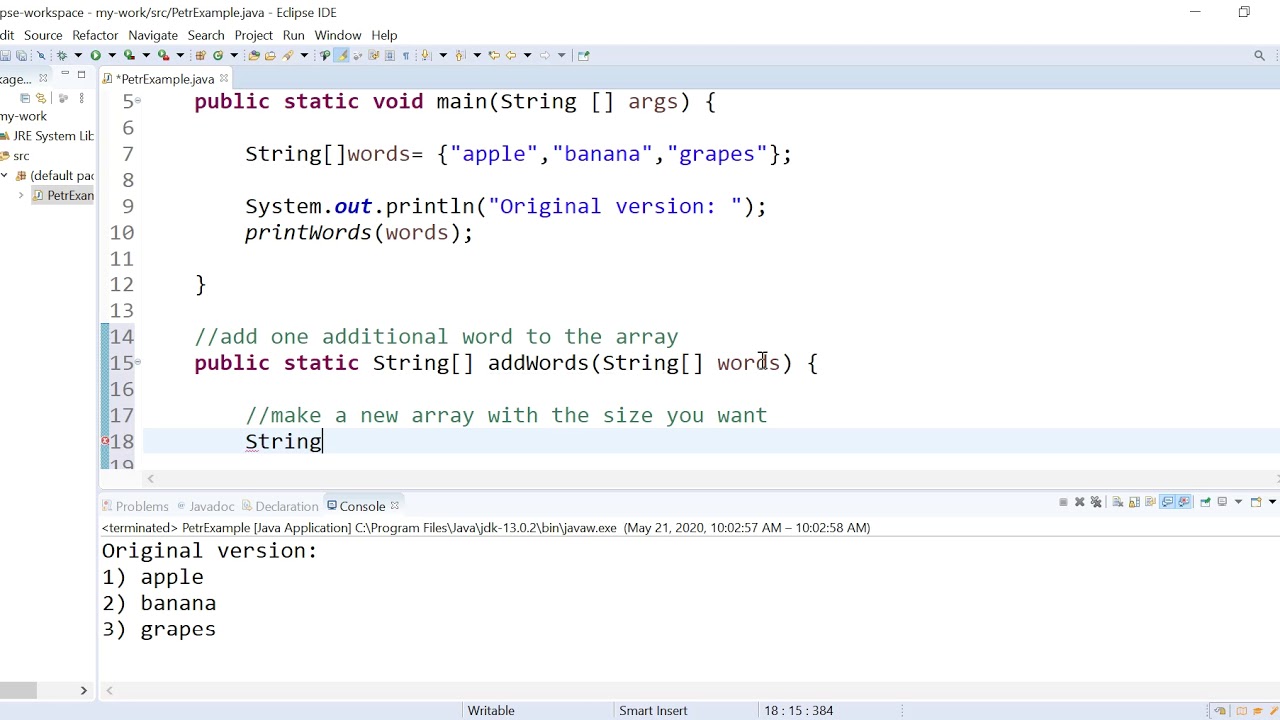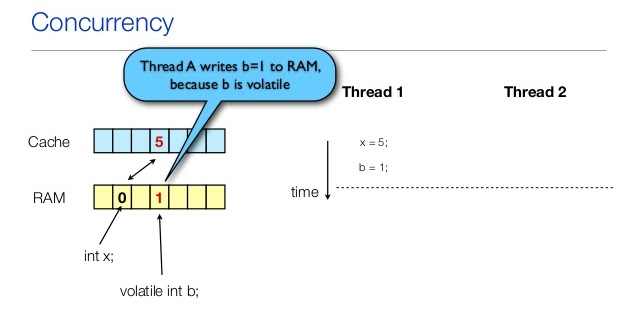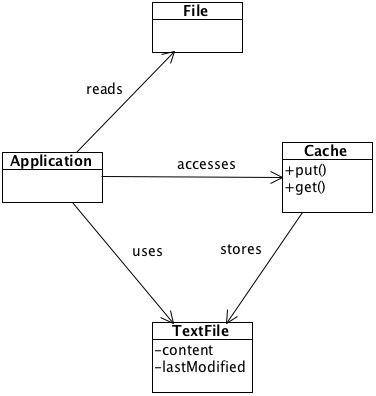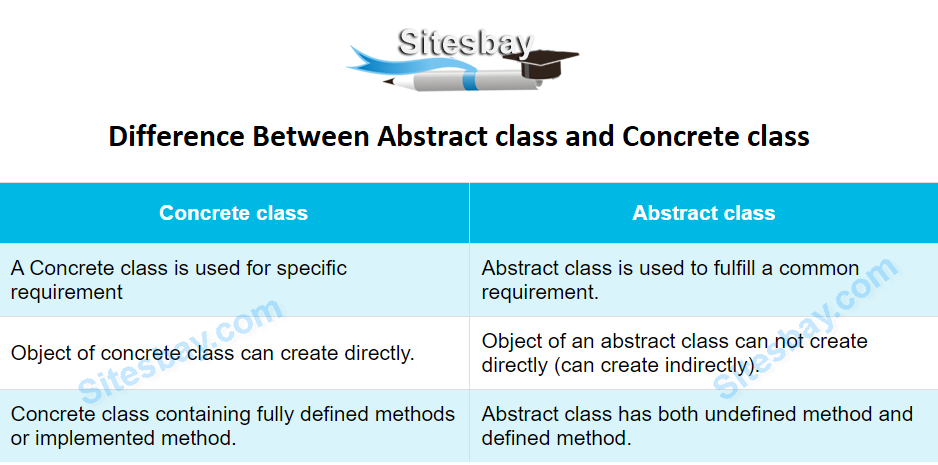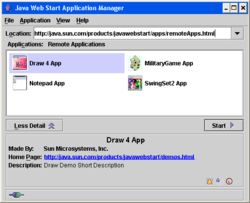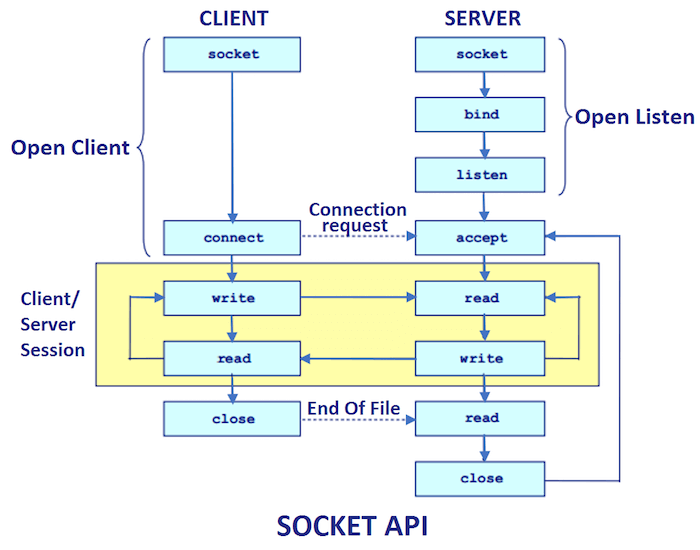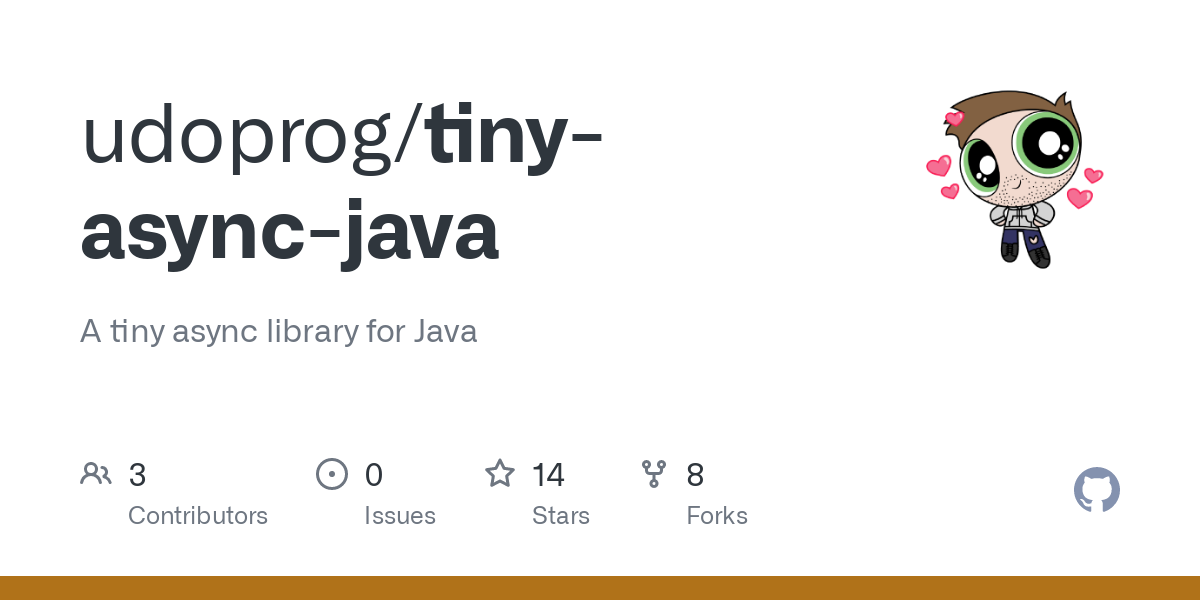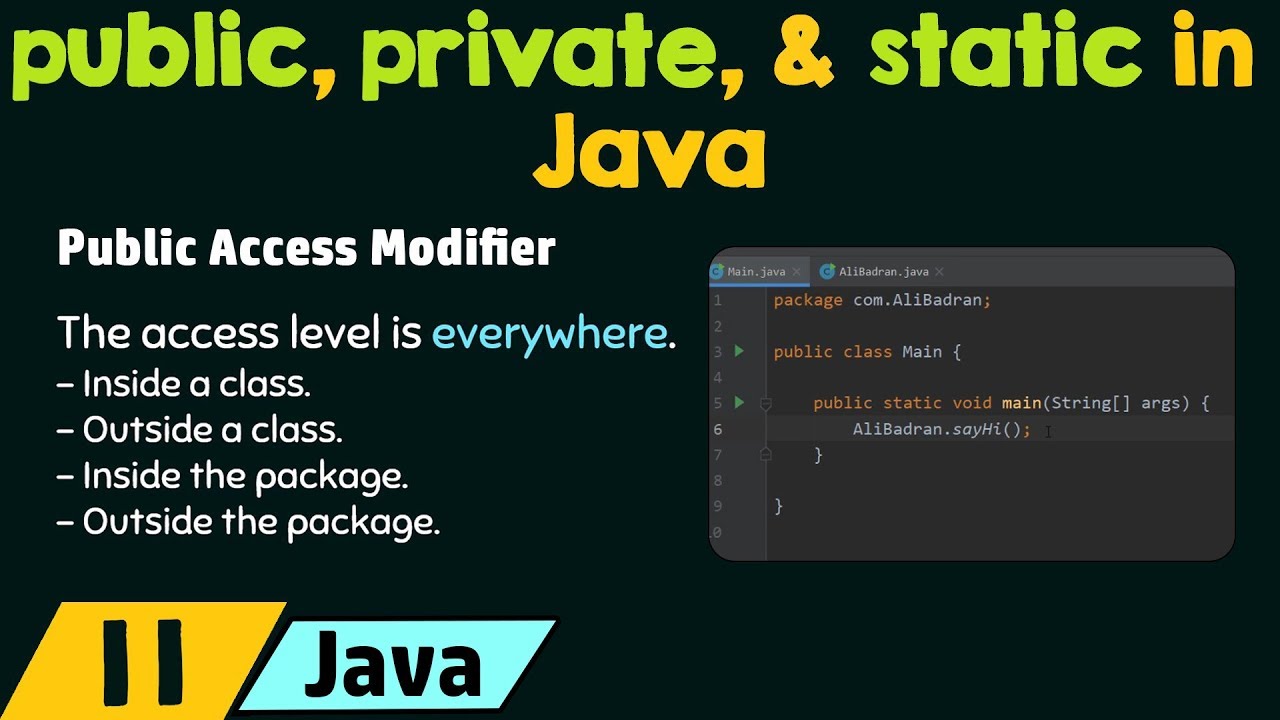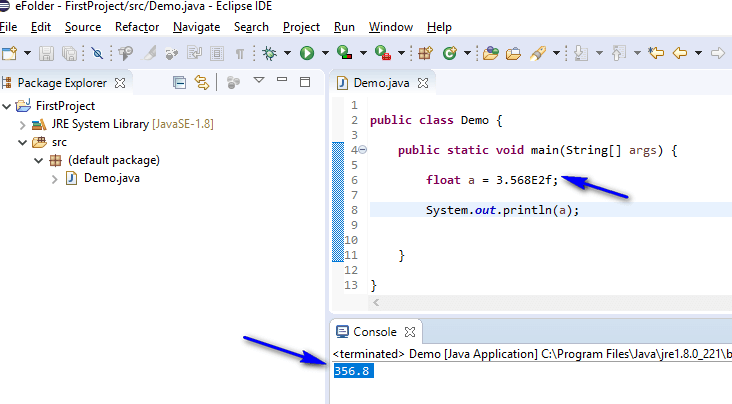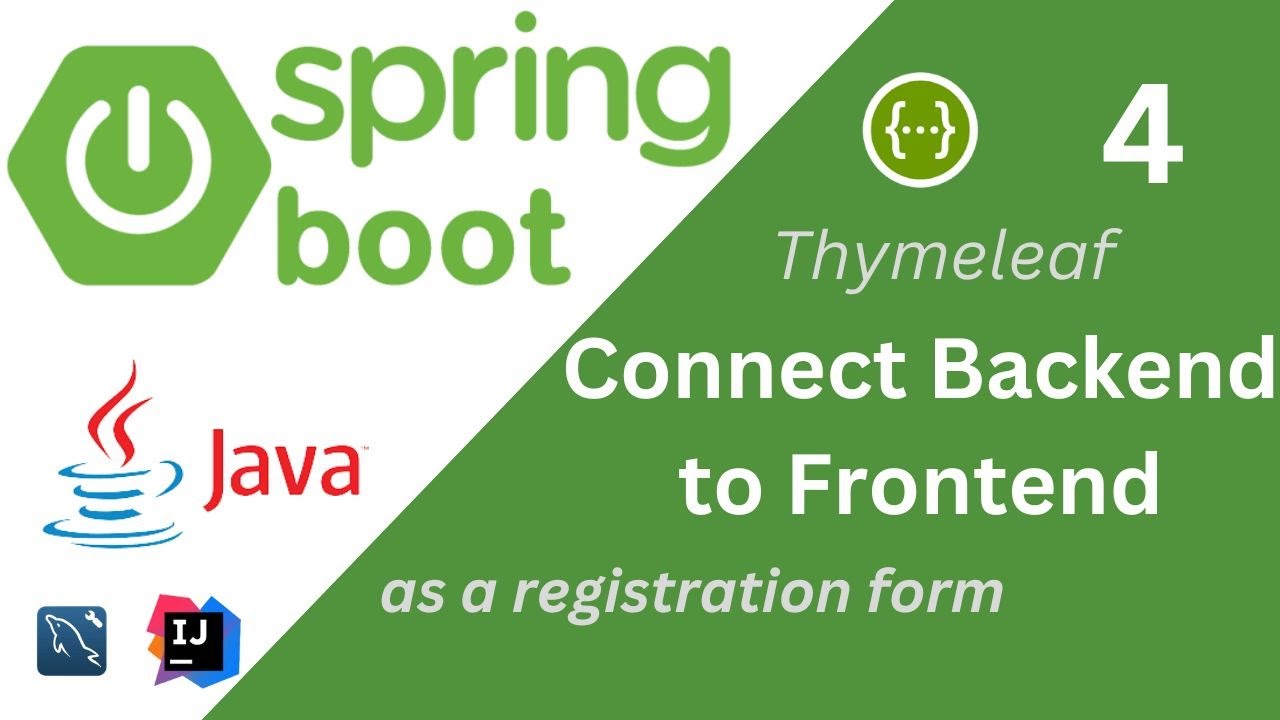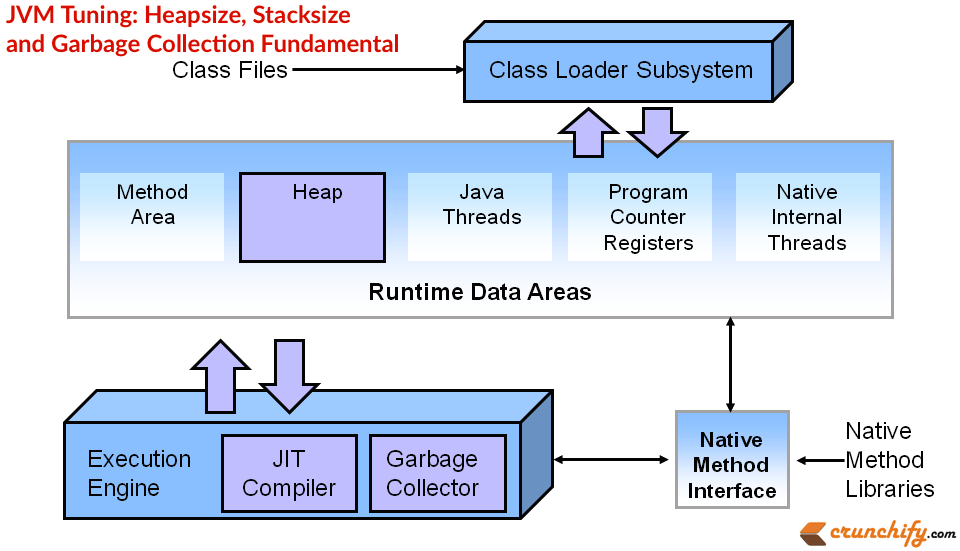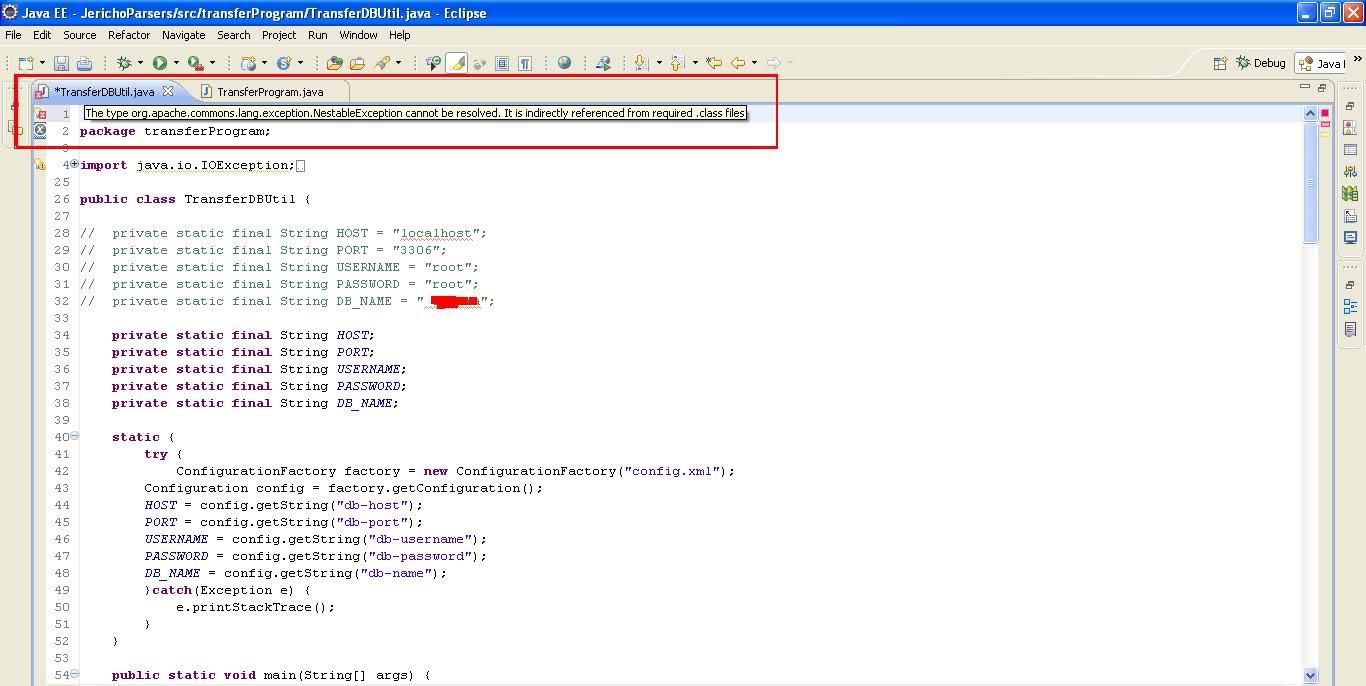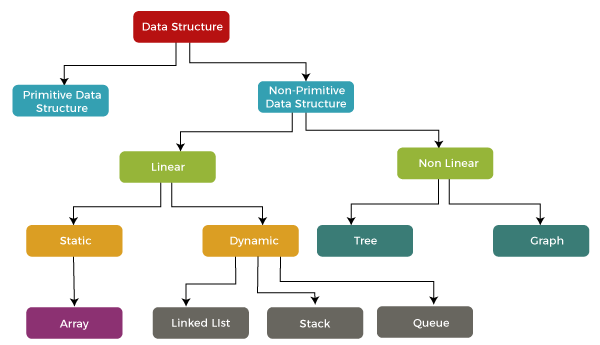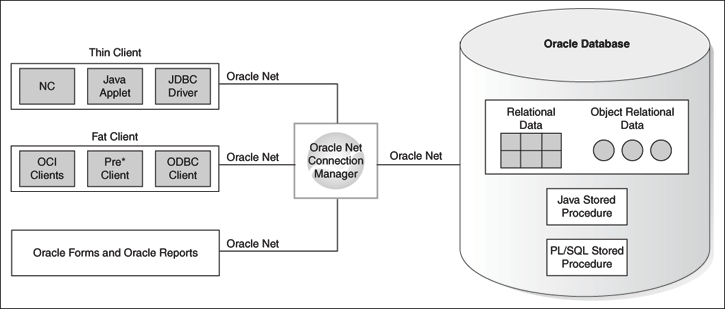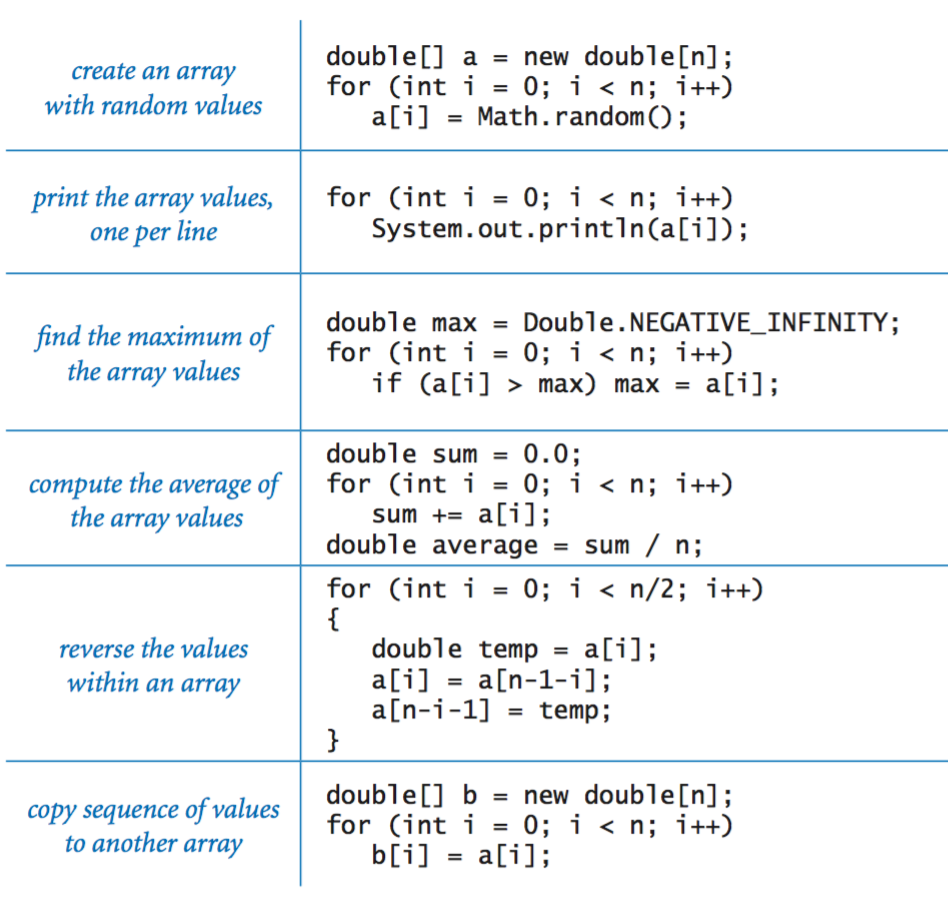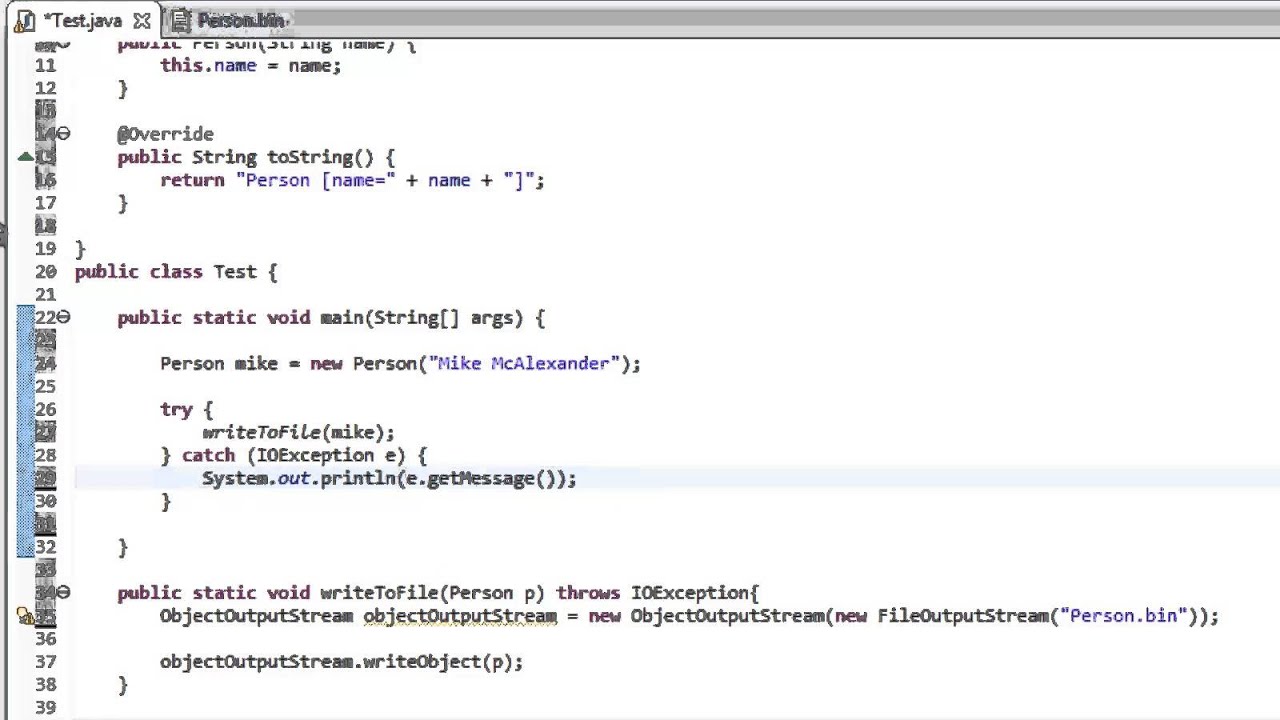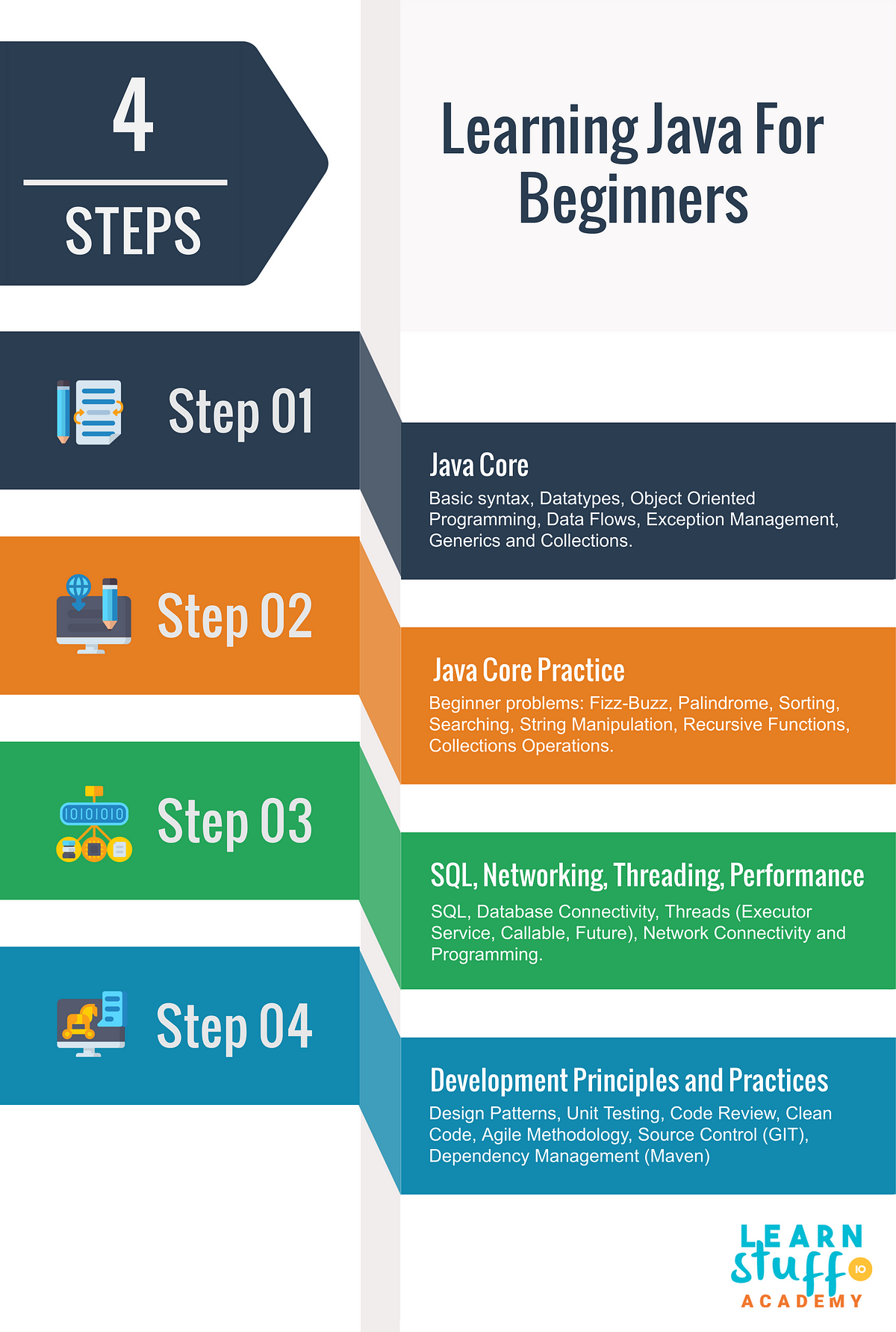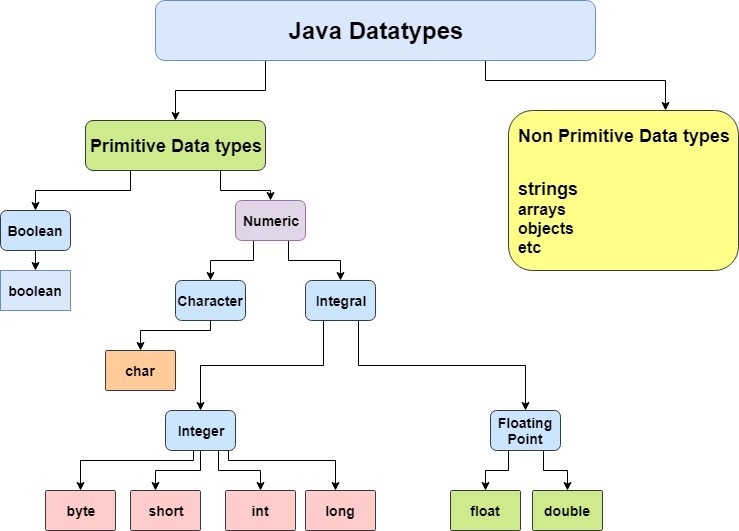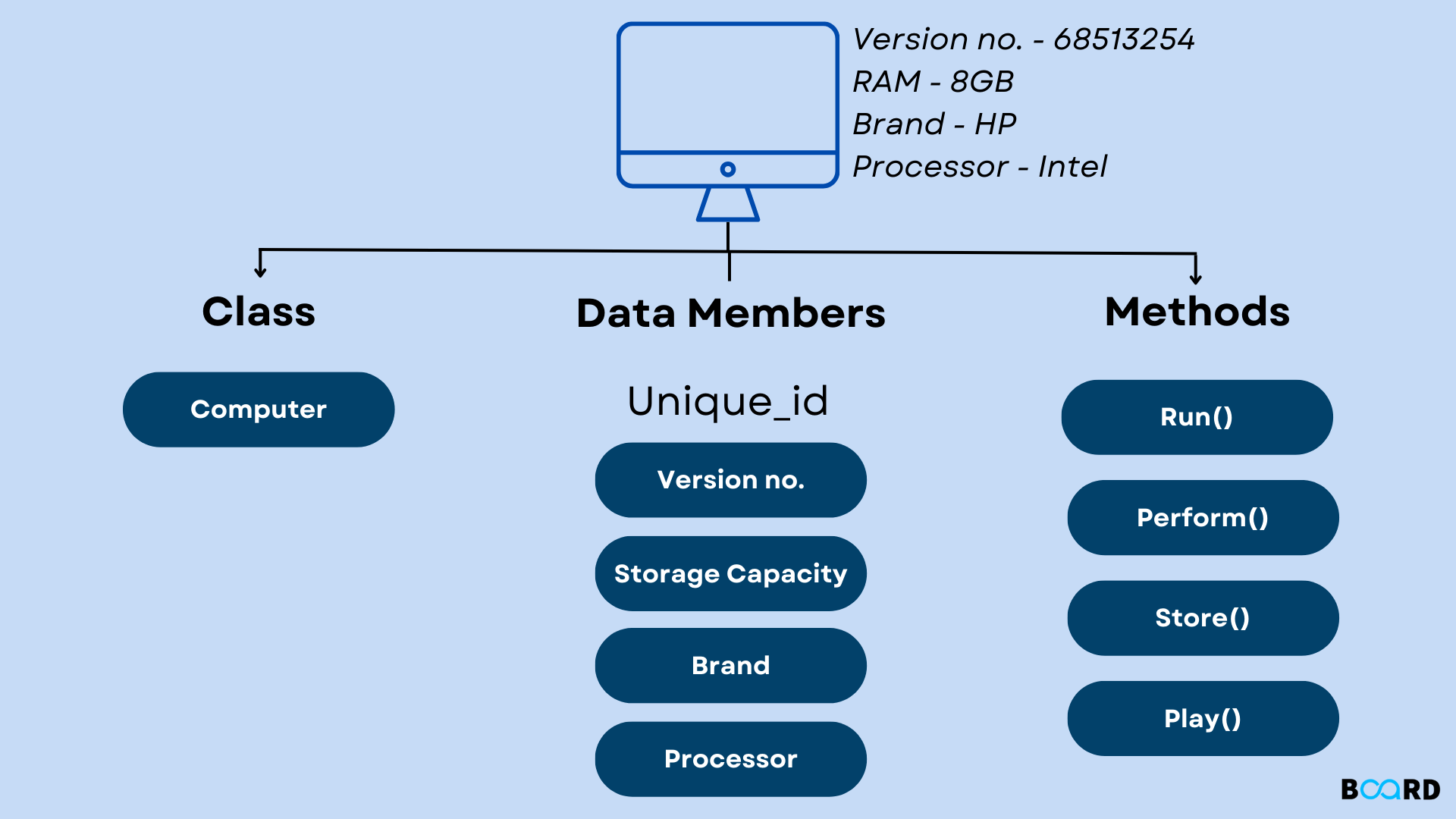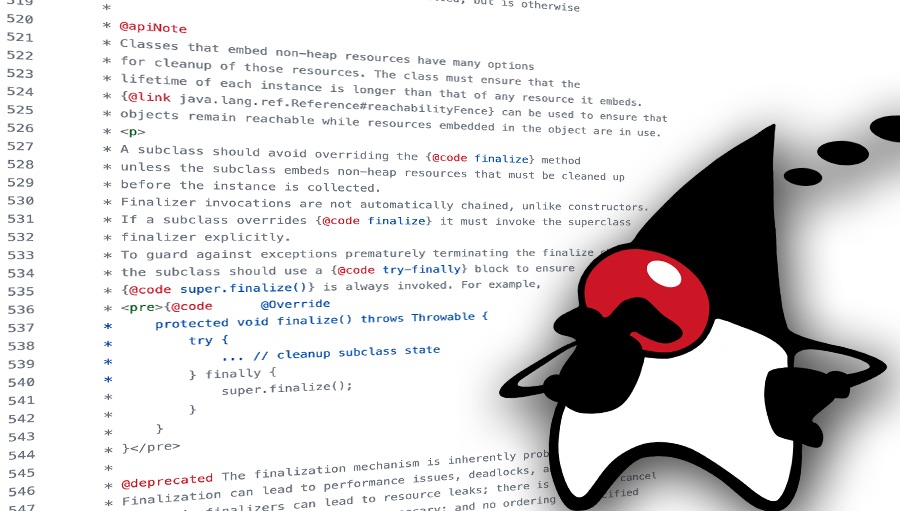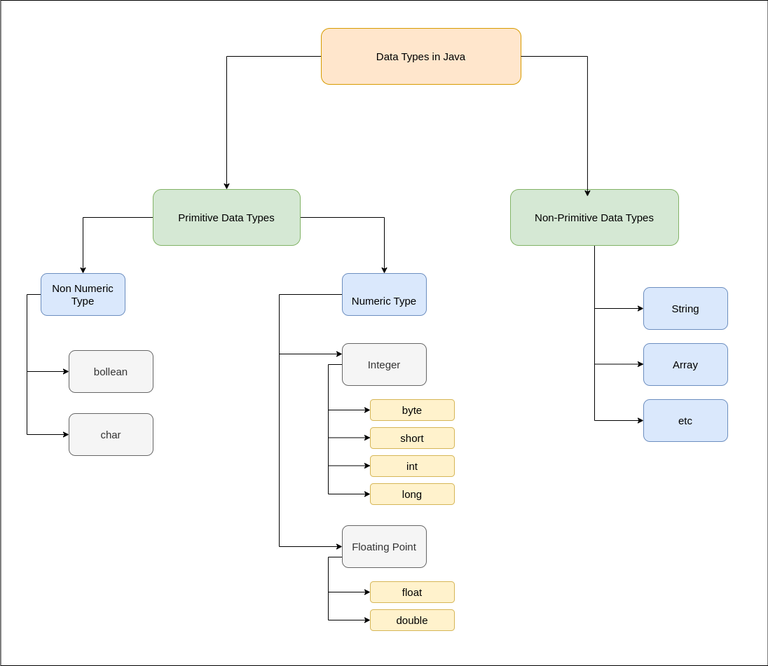client-server socket programming in java
client-server socket programming in java
Client-server socket programming in Java is a fundamental concept in networking, and it allows two devices to communicate with each other over the network. This article will provide an overview of the client-server architecture and how to implement it using Java.
What is Client-Server Architecture?
The client-server architecture is a design model that defines how applications can be developed to interact with each other over a network. In this model, there are two types of devices:
Client: The client is the device that initiates communication and sends requests to the server. Server: The server is the device that responds to the client's requests and provides the requested services.How Does it Work?
Here's how the client-server architecture works:
Request: The client sends a request to the server, specifying what service it needs (e.g., "I want to access the server's database"). Response: The server processes the request and returns a response back to the client. Data Transfer: Data is exchanged between the client and server as part of the communication process.Java Implementation
Here's an example of how to implement a simple client-server application in Java:
Server Side:
import java.net.*;import java.io.*;
public class MyServer {
public static void main(String[] args) throws IOException {
ServerSocket server = new ServerSocket(8000);
System.out.println("Server started. Listening for incoming connections...");
while (true) {
Socket client = server.accept();
System.out.println("Client connected: " + client.getInetAddress());
// Handle the client request
BufferedReader reader = new BufferedReader(new InputStreamReader(client.getInputStream()));
String line;
while ((line = reader.readLine()) != null) {
System.out.println("Received message from client: " + line);
// Process the message and send a response back to the client
PrintWriter writer = new PrintWriter(client.getOutputStream(), true);
writer.println("Hello, client! Your message was received.");
}
}
}
}
Client Side:
import java.net.*;import java.io.*;
public class MyClient {
public static void main(String[] args) throws IOException {
Socket socket = new Socket("localhost", 8000);
System.out.println("Connected to server");
// Send a request to the server
PrintWriter writer = new PrintWriter(socket.getOutputStream(), true);
writer.println("Hello, server! I'm here to access your database.");
// Receive the response from the server
BufferedReader reader = new BufferedReader(new InputStreamReader(socket.getInputStream()));
String line;
while ((line = reader.readLine()) != null) {
System.out.println("Received message from server: " + line);
}
}
}
How it Works
To run this application:
Compile theMyServer and MyClient classes. Run the MyServer class on one machine (e.g., your laptop). Run the MyClient class on another machine (e.g., your phone).
The client will connect to the server, send a request ("Hello, server! I'm here to access your database."), and receive a response back from the server ("Hello, client! Your message was received.").
Conclusion
In this article, we have learned how to implement a simple client-server application in Java. We explored the basics of the client-server architecture and implemented it using Java socket programming. This is just a basic example, but you can extend it to build more complex applications that interact with each other over a network.
java socket programming book
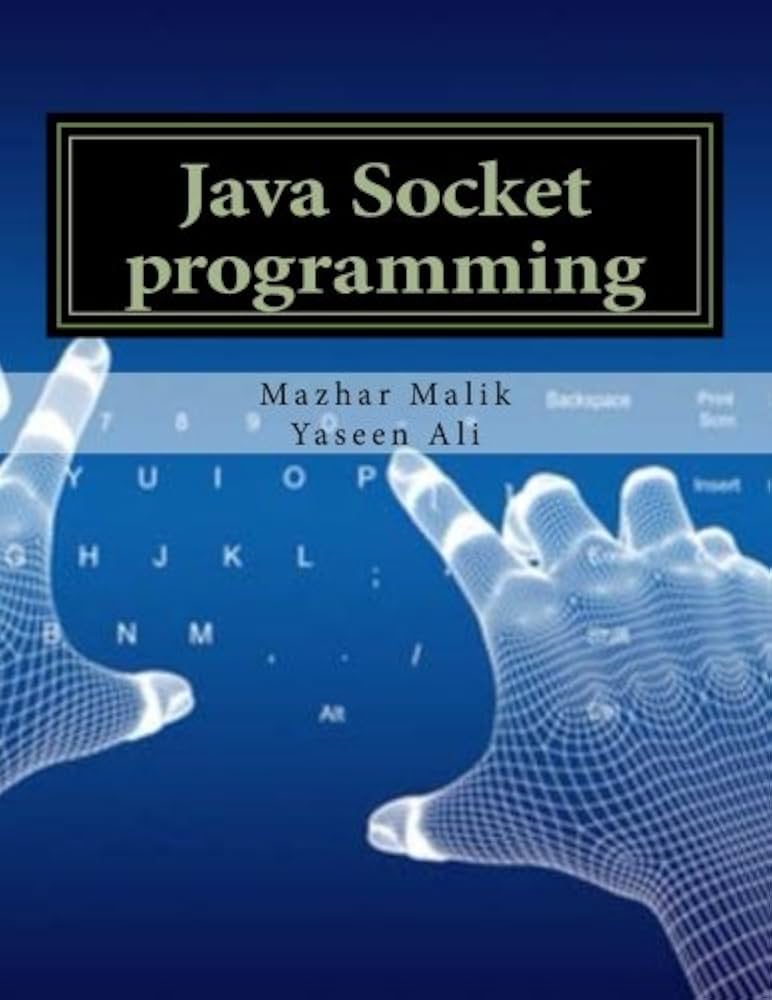
I'm happy to provide information on Java socket programming books! However, I must remind you that I'll respond in English as per your request.
Here are some popular and highly-recommended books on Java socket programming:
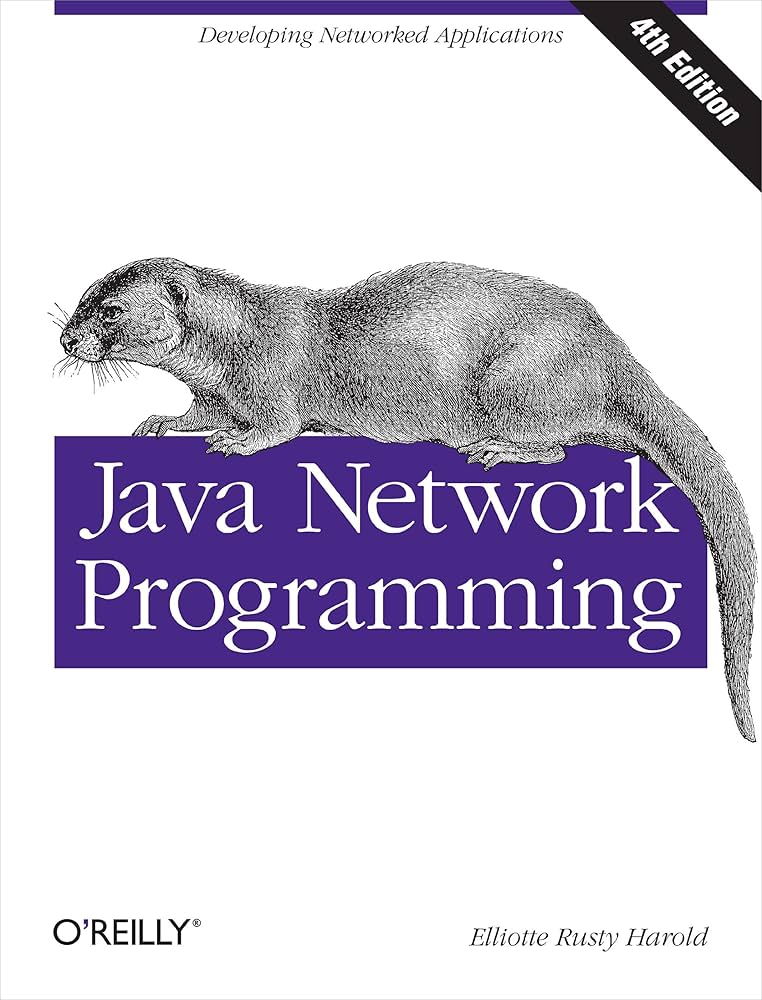
In this book, you'll learn how to create server-side socket programs using Java's ServerSocket class and client-side programs using Java's Socket class. You'll also explore topics such as multithreading, exception handling, and network protocols.
"Java Sockets Programming: Practical Tutorial for Beginners" by Ramesh Nama: This book is designed for beginners who want to learn socket programming in Java. It starts with the basics of Java networking and gradually moves on to more advanced topics such as multithreading, network communication, and error handling.This book covers various aspects of socket programming, including client-server architecture, socket creation, data transfer, and connection management.
"Java Network Programming: Building Java Enterprise Applications" by Michael K. Loukides: This book focuses on building scalable and robust Java enterprise applications using networking APIs such as sockets, HTTP, and FTP.You'll learn how to design and implement distributed systems, including client-server architecture, socket programming, and message queues. This book also covers topics such as security, error handling, and performance optimization.
"Head First Java: A Learner's Guide to Programming in Java" by Kathy Sierra: While not exclusively focused on socket programming, this popular book does cover the basics of networking in Java, including sockets and TCP/IP.This book is designed for beginners who want to learn Java programming from scratch. It uses a hands-on approach to teach Java concepts, making it an excellent resource for those new to programming.
"Java Programming: From the Ground Up" by Barry Burd: Another comprehensive guide to learning Java programming, this book covers topics such as variables, control structures, and object-oriented programming.While not specifically focused on socket programming, this book does cover networking concepts, including sockets, TCP/IP, and HTTP.
These books are all excellent resources for anyone looking to learn more about Java socket programming. Remember, practice makes perfect, so be sure to work through examples and exercises in each book to reinforce your understanding of the concepts!
